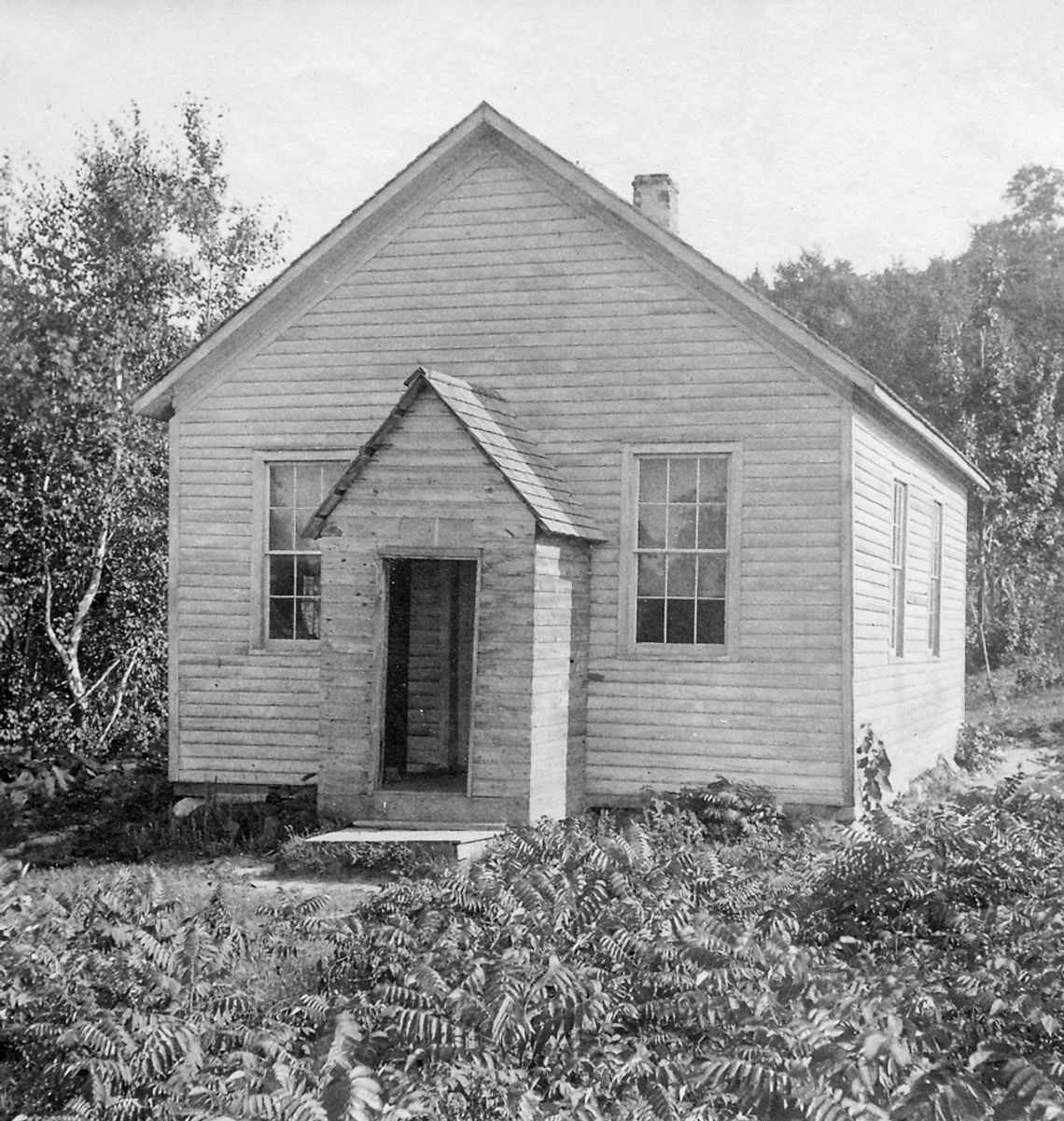This continues a series adapted from the book, “A Port Oneida Collection,” Volume 1 of the twopart set, “Oral History, Photographs, and Maps from the Sleeping Bear Region,” produced by Tom Van Zoeren in partnership with Preserve Historic Sleeping Bear. Here we conclude a look at the North Unity School, along M-22 on Lake Narada.
Laura Basch: “At our schoolhouse we had a ball. And we’d throw it — we had so many on one side of the school and so many on the other. And then we would throw it over the schoolhouse, from one to the other. And if they caught the ball they could come around and try to get as many as they could off that group for their own. They had to tag ‘em.
“. . . We usually all went outdoors in the summertime and sat on the banks somewhere to eat when it was spring and fall. But otherwise we was in the schoolhouse. And we did have the most beautiful — I wish I knew where that was or wish they’d have kept it! But they’d have to pump the water and bring it in for us to get a drink. And it was the most beautiful little fountain. It held about, probably, five gallons; and it was so decorative! And then we had our cup. We didn’t think about having all separate cups, we just had something, a dipper, to drink out of. Everybody shared the same.
“. . . Oh, yes (we stayed warm)! We had a pot-bellied stove in that school and it heated the whole room. They could put big chunks in there. And in the wintertime, parents would give beans and peas or whatever they had — and meat — and then the teacher would make a kettle of soup every day for us so we had a hot bowl of soup along with our lunch.”
Jack Barratt told of an experience that his mother, Laura (Burfiend), had one morning while walking to school with Jack when she taught at North Unity. She and her young family were staying at the nearby Goffar Farm: “Of course you never experienced this, and it’s hard to explain to you, but it used to be that in the wintertime the sleighs would run in the same track, and it just built the track up. The snow was solid down to the ground. The steel runners on a logging sleigh were rounded, oval. They weren’t flat. And that kept them from sliding one way or another (in a track). Well, when you walked it, on a road, you walked in one track or another because the snow was not packed in between or to the side. If you stepped off the track, you could go into snow four feet deep.
“And this is what she did — she slipped off the track, so she’s right in to her armpits, and she can’t get out!” Young Jack had to run over to Henry & Ernie Anderson’s farm (Ch. 27), to ask them to come pull her out. “She was rather embarrassed. They were old bachelors; they didn’t want to touch a woman!”








